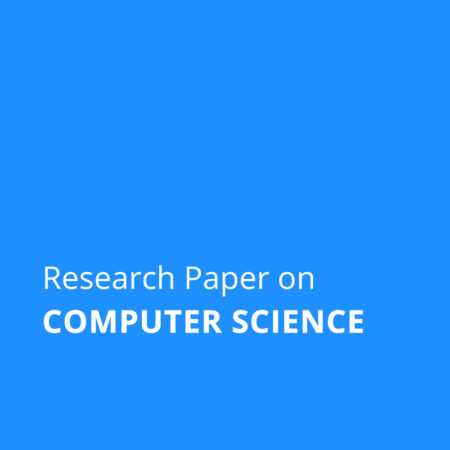Description
Title: Based on SARS-CoV-2 Immunogenic Structural Proteins, Host Immune Responses, and Herd Immunity, Insights into COVID-19 Vaccine Development
Abstract: Infectious viral disease outbreaks such as the Middle East respiratory syndrome (MERS) in 2012, the 2009 influenza H1N1 in Mexico, the severe acute respiratory syndrome (SARS) in 2003 in China, the ongoing coronavirus disease 19 (COVID-19) in China, and others have remarkably characterized the first quarter of the twenty-first century. SARS-CoV-2-related COVID-19 is believed to have started in December 2019 in Wuhan, the capital of China’s Hubei province. It has since spread throughout the world, causing significant destruction and fatalities. The lungs are the most typical organ that SARS-CoV-2 targets, particularly the bronchial and alveolar epithelial cells, leading in severe cases to acute respiratory distress syndrome (ARDS). To complicate the overall aetiology and prognosis, however, other tissues and organs are also known to be critically affected after infection. With the exception of H1N1, coronaviruses include SARS-CoV (also known as SARS-CoV-1), MERS, and SARS-CoV-2. These viruses are classified as coronaviruses and belong to the taxonomic groups Riboviria, order Nidovirales, suborder Cornidovirineae, family Coronaviridae, subfamily Orthocoronavirinae, genus Betacoronavirus, As of 23 September 2021, the ongoing SARS-CoV-2 pandemic had caused 4.7 million reported deaths and 229 million reported infections worldwide, in addition to a significant psychosomatic disability, academic loss, and severe economic downturn. Researchers, particularly epidemiologists and immunologists, have been forced to look for SARS-CoV-2-associated potential immunogenic molecules in order to develop a vaccine as an immediate prophylactic measure in response to this unprecedented pandemic. The homotrimeric spike (S) glycoprotein has been empirically determined to be the most suitable candidate for vaccine development among a variety of structural and non-structural proteins due to its enormous immunogenic potential, which makes it capable of inducing both humoral and cell-mediated immune responses. As a result, it is now possible to develop suitable, secure, and efficient vaccines in addition to associated therapeutic agents to lower morbidity and mortality. Four vaccines—Comirnaty, COVID-19 vaccine Janssen, Spikevax, and Vaxzevria—have received EMA approval as of September 23, 2021, and about thirty others are in phase three clinical trials with emergency authorization from the National Regulatory Authority of the country where the vaccine was developed (NRA). Additionally, pre-clinical and clinical trials for between 100 and 150 vaccines are currently underway. Herd immunity, which would shield the majority of the population, including those who are immunocompromised, from infection and disease, is the cornerstone of global vaccination. In this article, we mainly discuss the development of vaccines by category, their individual benefits and drawbacks, associated effectiveness and potential safety aspects, antigenicity of SARS-CoV-2 structural proteins and immune responses to them along with the emergence of SARS-CoV-2 VOC, and the urgent need to develop herd immunity in order to contain the pandemic.
Keywords: SARS-CoV-2; coronavirus disease 19; vaccination; infectious disease; pandemic; immune response; herd immunity
Paper Quality: SCOPUS / Web of Science Level Research Paper
Subject: Biology
Writer Experience: 20+ Years
Plagiarism Report: Turnitin Plagiarism Report will be less than 10%
Restriction: Only one author may purchase a single paper. The paper will then indicate that it is out of stock.
What will I get after the purchase?
A turnitin plagiarism report of less than 10% in a pdf file and a full research paper in a word document.
In case you have any questions related to this research paper, please feel free to call/ WhatsApp on +919726999915



Reviews
There are no reviews yet.